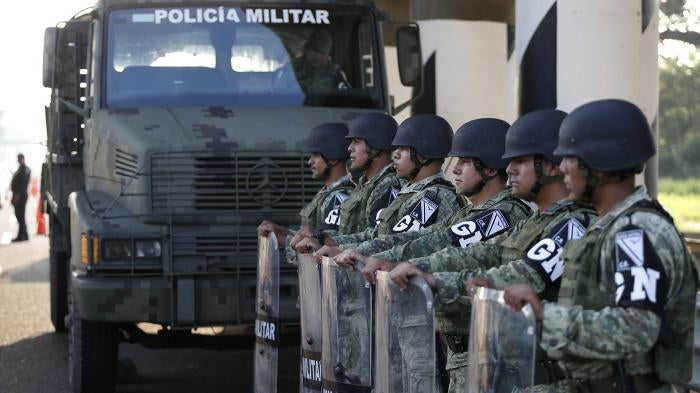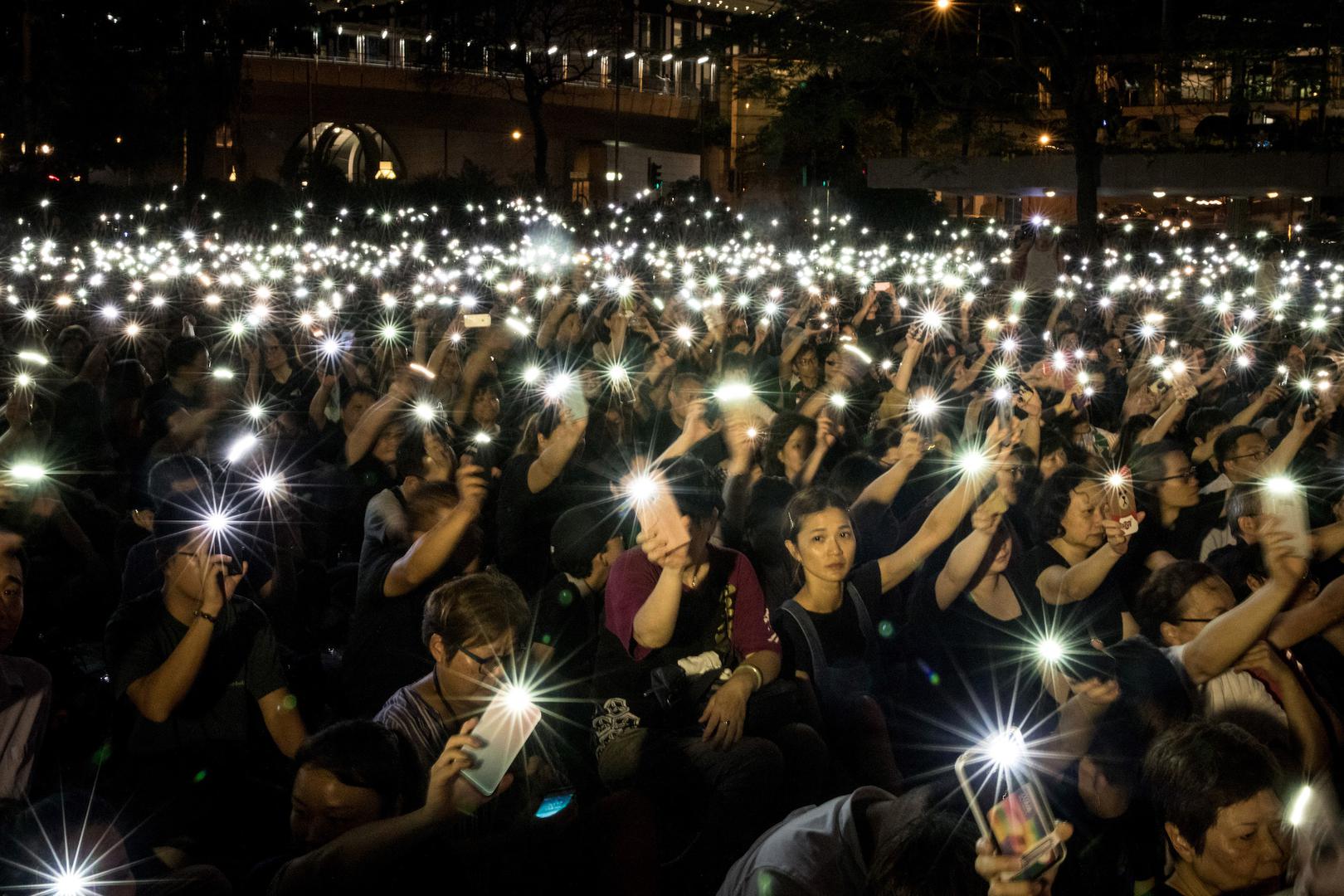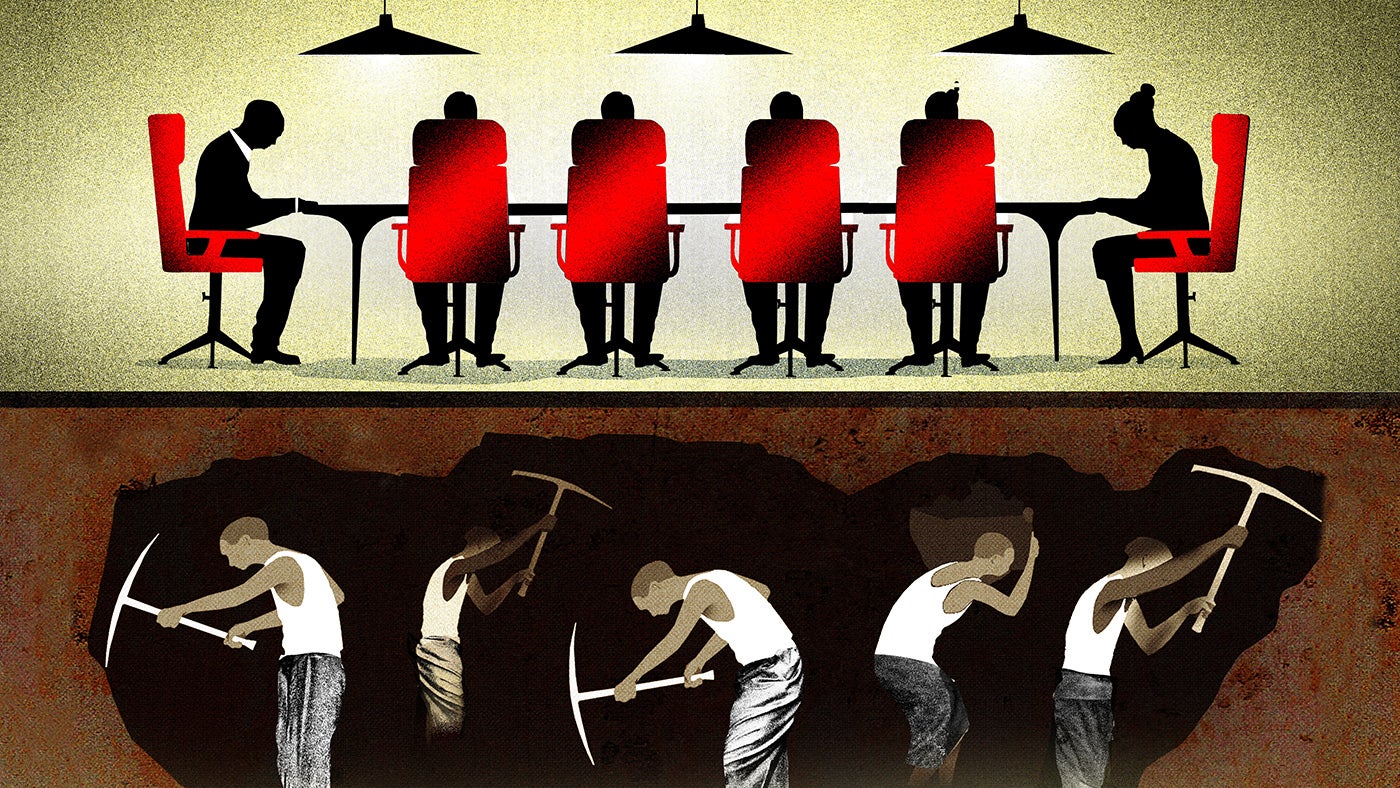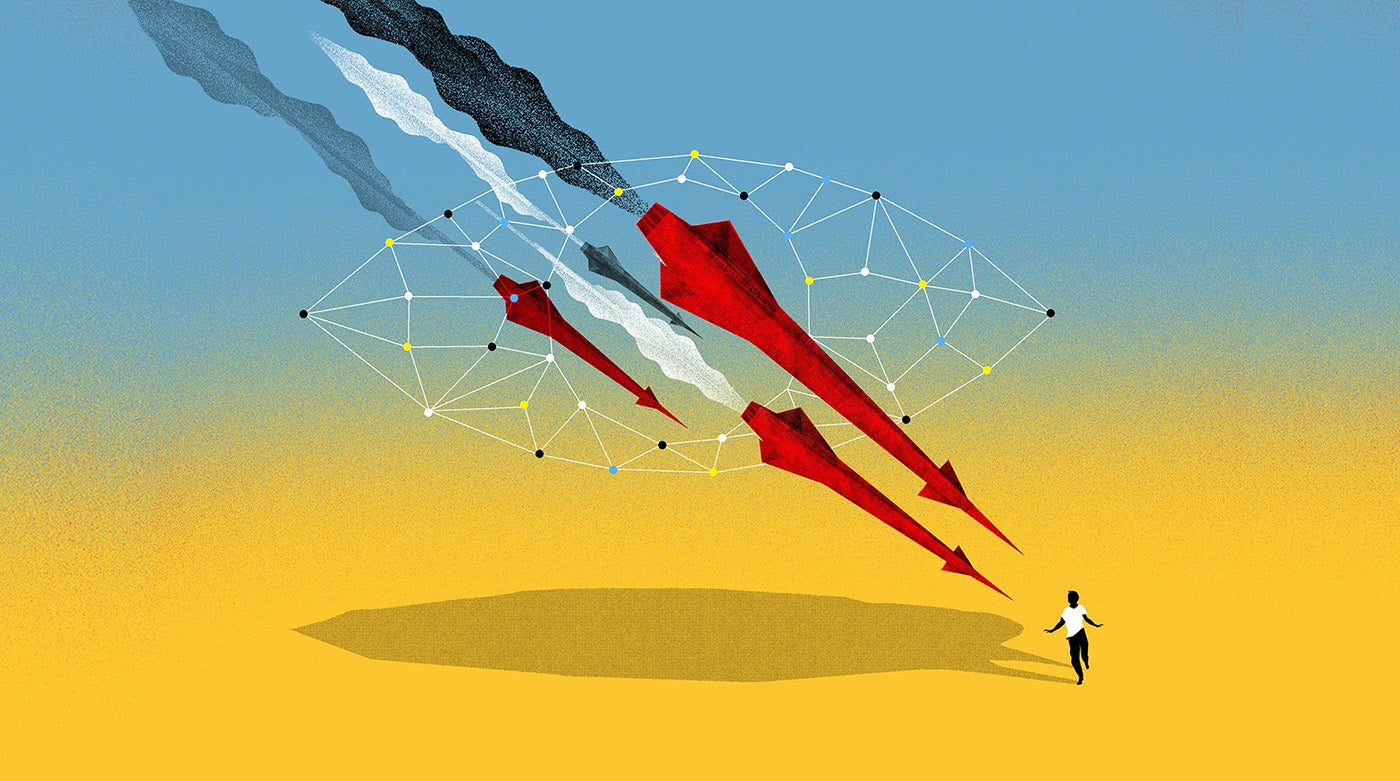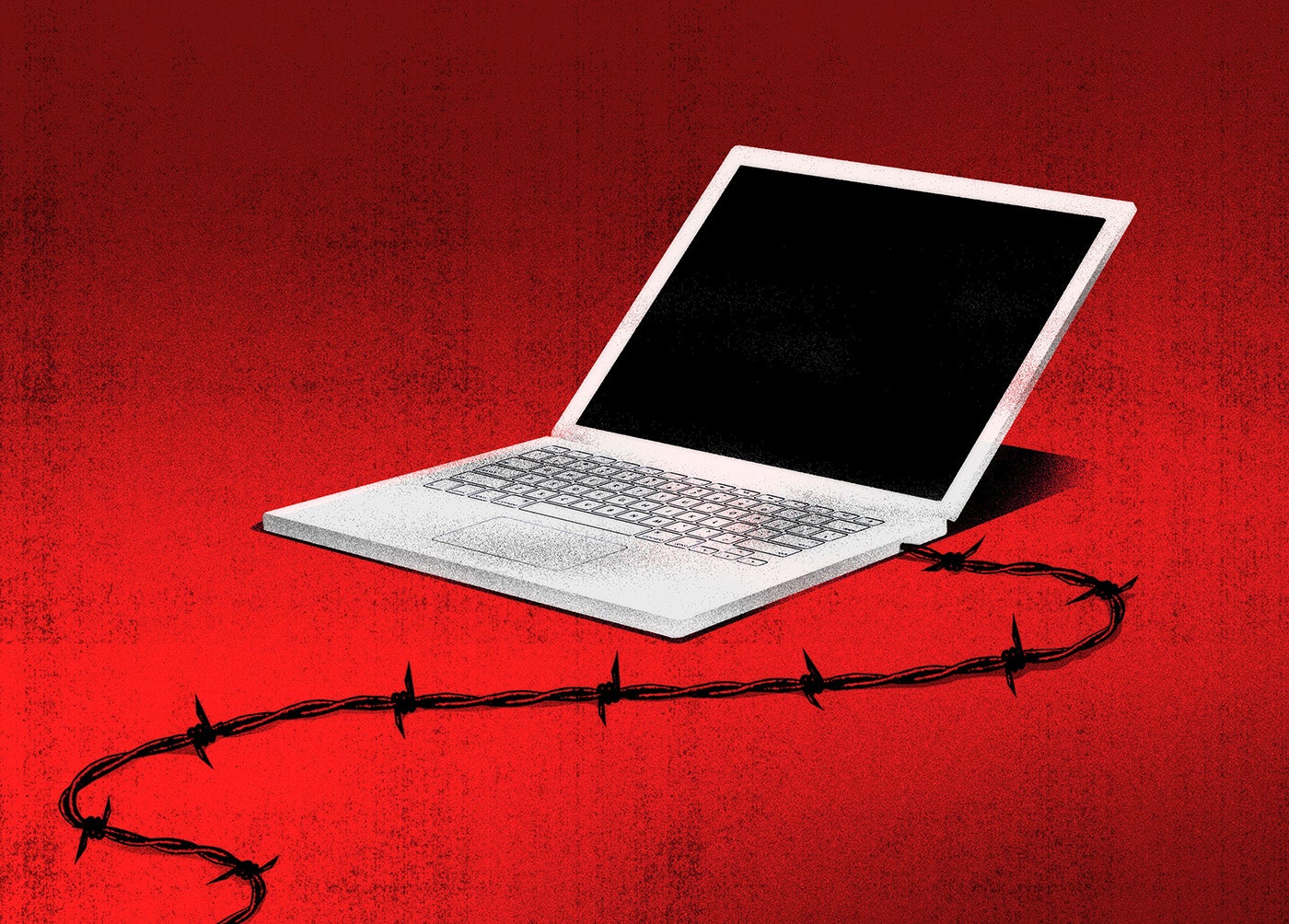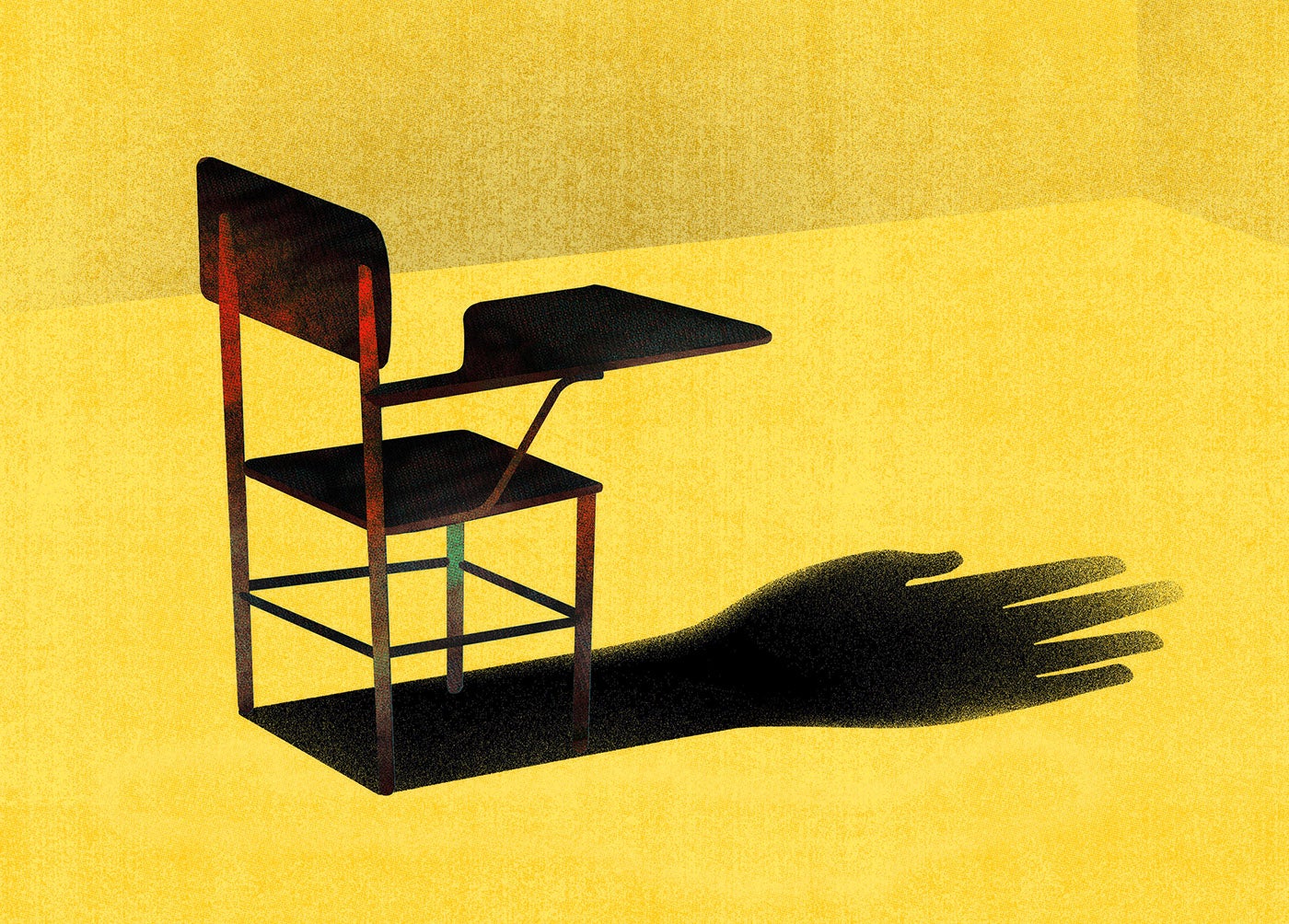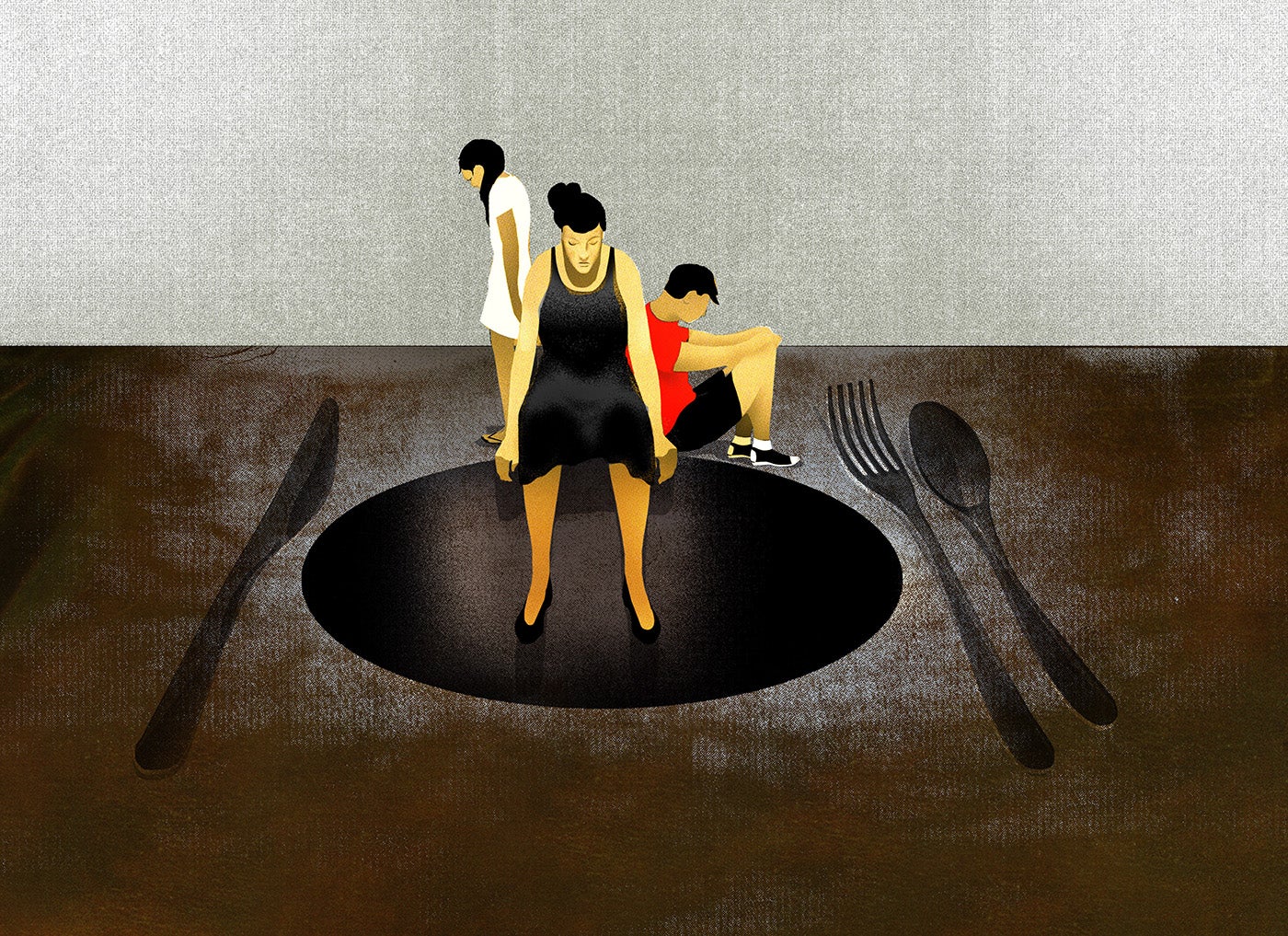Human rights violations committed by security forces—including torture, enforced disappearances, and abuses against migrants—have continued under the administration of President Andrés Manuel López Obrador, who took office in December 2018. Impunity remains the norm. President López Obrador created the National Guard, made up largely of military personnel, and ordered its deployment to control irregular immigration. Laws enacted in 2017 could help address the problems of torture and disappearances, but implementation lags.
In February, a well-respected human rights defender was appointed to head the National Search Commission (CNB) and charged with coordinating the nationwide search for disappeared persons.
Abuses against migrants, attacks on independent journalists and human rights defenders, and limitations to accessing sexual and reproductive rights remain serious concerns.
Criminal Justice System
The criminal justice system routinely fails to provide justice to victims of violent crimes and human rights violations, despite a 2013 law intended to ensure them justice, protection, and reparations. In a 2018 report, the special rapporteur on human rights defenders declared that about 98 percent of crimes committed in Mexico remained unsolved. Causes of failure include corruption, inadequate training and resources, and complicity of prosecutors and public defenders with criminals and abusive officials. In November 2019, the United Nations Human Rights Committee expressed its concern for “recurrent” impunity in relation to grave human rights violations, and highlighted the “grave” shortcomings in investigations and prosecutions for these cases.
Military Abuses and Impunity
Mexico has relied heavily on the military to fight drug-related violence and organized crime, leading to widespread human rights violations by military personnel. Between December 2012 and January 2018, the National Human Rights Commission (CNDH) received more than 4,600 complaints regarding alleged military abuses. From January to July 2019, it received 241 such complaints.
In 2014, Congress reformed the Code of Military Justice to require that abuses committed by members of the military against civilians be prosecuted in civilian, not military, courts. However, the pursuit of justice for these violations remains elusive. In November 2019, the UN Human Rights Committee highlighted its concern about the 2016 reforms to the Military Code of Criminal Procedures and the Code of Military Justice that provided military prosecutors and judges with ample faculties to search dwellings and intervene in private communications without a warrant.
In November 2018, the Supreme Court struck down the Interior Security Law because it “[normalized] the use of the armed forces in public security issues,” which the court ruled was unconstitutional and violated Mexico’s international obligations.
However, that same month, President López Obrador announced the creation of the National Guard to replace the federal police in public security operations and “temporarily” collaborate in public security tasks in states and municipalities. Inaugurated in June, it is comprised largely of military troops and led by an army general who retired from active duty in August. The law regulating the National Guard allows its members to take part in criminal investigations and undertake intelligence activities with “preventive” purposes.
Torture
Torture is widely practiced in Mexico to obtain confessions and extract information. It is most frequently applied between when victims are detained, often arbitrarily, and when they are handed to civilian prosecutors—a time when they are often held incommunicado at military bases or illegal detention sites. Confessions obtained through torture are used as evidence at criminal trials.
In 2016, Mexico’s national statistics office (INEGI) surveyed more than 64,000 people incarcerated in 338 Mexican prisons countrywide. Almost two out of three (64 percent) reported some type of physical violence at the time of arrest, including electric shocks, choking, and smothering. Between 2013 and 2018, 2,751 persons deprived of liberty died in federal and state prisons, according to data obtained by the UN Committee Against Torture.
From December 2012 through January 2018, the Attorney General’s Office opened more than 9,000 investigations into torture. According to the office, its department of forensic specialists participated in 1,903 alleged torture cases in 2019, and CNDH received 84 torture complaints between January and September 2019. In its 2019 review of Mexico, the UN Committee Against Torture highlighted that out of 3,214 Mexican torture complaints made in 2016 alone, only eight resulted in an arrest and trial. The Committee against Torture expressed concern at reports that courts routinely fail to investigate torture allegations, placing the burden of proof on victims.
Investigations suffer from serious shortcomings. In 2018, the Mexican Office of the OHCHR published an investigation that stated it had found “solid grounds” to conclude that at least 34 detainees had been tortured during the investigation of the 2014 disappearance of 43 students from Ayotzinapa. In June 2019, local media circulated a video in which one of the 34 detainees is seen bound, blindfolded, and subjected to asphyxiation, electric shocks, and beatings during interrogation by public officials. In September, a main suspect in the Ayotzinapa disappearances was acquitted due to irregularities and human rights violations, including torture, during the investigations. At time of writing, 77 persons had been acquitted in the case, based on similar grounds.
The 2017 Law to Investigate, Prevent, and Sanction Torture aimed to curb torture and exclude from judicial proceedings testimony obtained through torture, but implementation has been slow. The National Mechanism to Prevent Torture (MNPT), which is linked to the CNDH, reported in 2018 that less than half of Mexican states had adopted similar legislation, as national law requires. As of November 2019, the Attorney General’s Office had yet to fulfill the law’s requirement that it have infrastructure for a national torture registry in place by December 2017.
Enforced Disappearances
Since 2006, enforced disappearances by security forces have been a widespread problem. Criminal organizations have also been responsible for many disappearances.
Prosecutors and police routinely neglect to take basic investigative steps to identify those responsible for enforced disappearances, often telling the missing people’s families to investigate on their own. By January 2019, the Attorney General’s Office had opened 975 investigations into allegations of enforced disappearances and had pressed charges in only 12 cases. By September 2019, the office’s specialized unit on kidnappings reported having only one open investigation into disappearances committed by non-state agents. In November, the UN Human Rights Committee highlighted its concern for “alarming” impunity in cases of disappearances, including those where organized crime and authorities were allegedly colluded.
The 2017 law on disappearances established a single nationwide definition for the crime and mandated the creation of entities to facilitate the investigation and prosecution of disappearances. The law also creates the CNB to coordinate search efforts in the field, and the National Search System (SNB), established to coordinate state institutions involved in the search for the disappeared.
In August, Karla Quintana, the National Search Commissioner, head of the CNB, stated that the whereabouts of 40,000 people who had gone missing remained unknown. In November, the commissioner announced the creation of a new national registry for disappeared persons. Authorities noted that the official number of missing persons will likely increase after the establishment of the new registry. According to official numbers, by August, 4,874 bodies had been found in 3,024 clandestine graves nationwide between 2006 and 2019.
As of September, the SNB was not yet fully operational. A Standardized Protocol for the Search of Disappeared and Missing Persons, which the law mandated be in place by April 2018, had likewise failed to materialize. By September, seven out of 32 had failed to establish local search commissions or offices as the law directs. In May, the National Search Commissioner announced the beginning of the process towards a regional search plan in Northeast Mexico, and the federal government established a subsidy to provide funds to local search commissions.
Victims’ families have repeatedly denounced serious shortcomings regarding the identification and storage of bodies. Government officials conceded that more than 26,000 bodies remain unidentified. In August, the National Search Commissioner reported the creation of a national forensic assessment to address obstacles to identifying and storing bodies. The same month, following demands by families, the government announced the creation of an Extraordinary Mechanism of Forensic Identification to identify bodies.
Extrajudicial Killings
In November 2019, the UN Human Rights Committee expressed its concern for reports of extrajudicial killings in Mexico, and the frequent impunity in these cases.
In September 2019, eight civilians were allegedly victims of extrajudicial executions by state police in Tamaulipas in Northern Mexico. At time of writing, authorities had issued arrest warrants against seven state police officers for the crimes of murder, abuse of authority, breaking and entry, and giving false reports to authorities. By October, authorities were still investigating.
There is no reliable information about the number of extrajudicial executions. Most homicides are never prosecuted. Government authorities only register the number of homicides, not their context. Although the Defense Ministry has said it stopped registering the numbers of civilians it killed as of 2014, civil society organizations said in 2019 that declarations made by the minister indicated that the information exists, but that the ministry has refused to release it and has not provided a substantiated explanation.
Attacks on Journalists and Human Rights Defenders
Journalists, particularly those who report on crime or criticize officials, often face harassment and attacks by both government authorities and criminal groups. Following a country visit in April, the UN high commissioner for human rights described the situation of human rights defenders and journalists as “alarming.” The CNDH reported 148 journalists killed between 2000 and 2018, and 21 disappeared between 2005 and 2018. From January to July 2019, seven journalists were killed.
Authorities routinely fail to investigate crimes against journalists adequately, often preemptively ruling out their profession as a motive. Since its creation in 2010, the federal Special Prosecutor’s Office to investigate crimes against journalists has opened more than 1,000 investigations. Between 2010 and December 2018, the Special Prosecutor’s Office brought 186 charges for crimes against journalists, only 16.3 percent of those received out of all received complaints. During the same period, it obtained 10 convictions. In the face of such uninvestigated violence, many journalists self-censor.
Human rights defenders in Mexico are often subjected to intimidation, criminalization, and violence. Between January and July, at least 13 human rights defenders had been killed, an increase from past years, according to OHCHR. As with journalists, violence against human rights defenders is rarely investigated or prosecuted.
In 2012, the federal government established the National Protection Mechanism to issue and coordinate implementing protective measures for journalists and human rights defenders under threat. Between October 2012 and March 2019, 800 journalists and defenders requested protection measures; 678 such requests were granted. In July, OHCHR expressed concern for the mechanism’s lack of sufficient resources, lack of clear procedures and problems in effectively coordinating protective measures.
Women’s and Girls’ Rights
In 2018, the UN Committee on the Elimination of All Forms of Discrimination Against Women (CEDAW) expressed concern for persistent patterns of “generalized” violence against women, including sexual violence. Despite this, Mexican laws do not adequately protect women and girls against domestic and sexual violence. Some provisions, including those that make the severity of punishments for some sexual offenses contingent upon the “chastity” of the victim, contradict international standards.
In August, the Supreme Court ruled that rape victims need not file a criminal complaint to access abortion services, and that health providers did not have to verify that a crime was committed to perform the abortion.
In October 2019, the decriminalization of abortion in the southern state of Oaxaca entered into force. In September, local lawmakers legalized abortion regardless of the cause until week 12 of pregnancy, making it the second state in the country to adopt such legislation, together with Mexico City.
Women and girls continue to face alarming rates of gender-based violence. According to official data, during January through July 2019 nationwide, there were 540 femicides—defined by Mexican law as depriving a woman of her life based on her gender. By April 2018, an official registry had recorded 9,522 women and girls as missing.
Migrants and Asylum Seekers
Migrants traveling through Mexico are frequently endure abuses and human rights violations. In some cases, government authorities have been alleged to have been involved. From January to September 2019, the CNDH received 599 complaints of abuses against migrants, most of which were made against members of the federal police.
In January 2019, the Trump administration began returning asylum seekers to Mexico while their claims are pending under the Migrant Protection Protocols. At time of writing, over 40,000 asylum seekers had been returned, many to dangerous and unlivable conditions in Mexico, with significant barriers to obtaining legal representation and a fair hearing. They included asylum seekers with disabilities or other chronic health conditions, despite initial guidance that no one with “known physical/mental health issues” would be in the program.
In June, the United States government threatened to impose tariffs on Mexican products unless Mexico accepted a significant increase in returns of asylum seekers to Mexico to wait for the court proceedings in the US and stopped migrants en route to the US border. In response, the López Obrador administration announced it would deploy 6,000 members of the new National Guard to control irregular migration, a decision that effectively militarized Mexico’s borders.
In June, the CNDH issued protective measures for a shelter in the northern Mexican states of Sonora and Coahuila, after National Guard members attempted to enter, in violation of Mexican law, to examine migrants’ immigration status.
As of September, government-run migrant holding centers were overcrowded, with detained migrants experiencing inhumane conditions, including extreme heat, bug infestations, lack of access to basic hygiene, limited medical services, and poor quality food.
With the support of the UN High Commissioner for Refugees, Mexico’s refugee agency granted refugee status to nearly 5,000 individuals from Venezuela, Honduras, El Salvador, and Guatemala in 2018, an increase of 75 percent compared with 2017. The agency extended complementary protection, a status offering safeguard against deportation for vulnerable individuals who do not qualify for recognition as refugees, to an additional 2,200 persons in 2018, compared with 1,265 in 2017. In the first eight months of 2019, Mexico’s refugee agency said it had recognized 3,173 refugees and granted complementary protection to an additional 702 people from these four countries.
Sexual Orientation and Gender Identity
Mexico City and 18 additional Mexican states have legalized same-sex marriage. In other states, same-sex couples must file a constitutional challenge (amparo) to be allowed to marry. A 2015 Supreme Court decision holding that the sole legal definition of marriage is between a man and a woman violates the constitution. In May, the Supreme Court ruled that a same-sex couple from Aguascalientes should be allowed to register their child, protecting the best interest of the child, and upholding the principles of equality and non- discrimination.
In July, in response to a case filed by five transgender people in Querétaro, a federal judge ruled that trans people should be able to change their names and gender markers on birth certificates through a simple administrative process before the state Civil Registry. It found that legislation requiring trans people to seek individual court rulings to change their birth certificates was discriminatory and overly burdensome. The ruling makes Querétaro the eighth of Mexico’s 32 jurisdictions to establish an administrative path to legal gender recognition for trans people.
Disability Rights
In its 2014 concluding observations on Mexico, the UN Committee on the Rights of Persons with Disabilities found that despite new laws and programs protecting the rights of people with disabilities, serious gaps remained, including in access to justice, legal standing, and the right to vote; access to buildings, transportation, and public spaces; violence against women; and education. As of November, President Lopez Obrador had not appointed a chair of the National Council on People with Disabilities (CONADIS), the high-level body coordinating efforts to implement disability rights at the federal level and with state authorities.
In March, the Supreme Court ruled that limiting the legal capacity of a complainant, a man with an intellectual disability, was discriminatory. However, this judgment only protects the rights of the complainant—and not other people with disabilities—to, for example, decide to marry or sign contracts.
Key International Actors
In March, the UN Human Rights Council adopted a report on Mexico, as part of its Universal Periodic Review (UPR) mechanism. Mexico accepted 262 of the 264 recommendations it received, including one to establish an independent mechanism against impunity to investigate “atrocity crimes” and human rights violations. Other recommendations accepted by Mexico include creating an independent and autonomous Attorney General’s Office, and combating impunity and corruption.
In April, UN High Commissioner for Human Rights Michelle Bachelet visited Mexico and signed two agreements: one to provide “technical assistance” to the controversial National Guard, and another to collaborate with a presidential commission working on the Ayotzinapa disappearances. She noted the need to create a new civil police force capable of combatting organized crime and drug trafficking while respecting human rights. She also addressed the “crosscutting” nature of impunity, her concern for sexual torture of women deprived of liberty, and violence against journalists and human rights defenders.
In May, the UN Committee against Torture concluded its seventh periodic review of Mexico. It expressed concern regarding the lack of adoption of the National Program on Torture and the use of the army in public security operations, given reports of soldiers committing grave human rights violations.
The UN Committee on the Elimination of Racial Discrimination (CERD) indicated in August that Mexico had failed to adopt sufficient measures to counter historic and structural discrimination against indigenous peoples and Afro-Mexicans. It highlighted that indigenous and Afro-Mexican human rights defenders are subjected to violence, threats, and attacks on their lives, as well as criminalization of their activities. The CERD claimed Mexico’s migration policies at times failed to protect migrants and asylum seekers, including children.
In August, the government announced it would accept the jurisdiction of the UN Committee on Enforced Disappearance to process individual complaints, and invite the committee to carry out a country visit in 2020.
In November, the UN Human Rights Committee reported that Mexico faced high rates of violence motivated by gender identity or orientation, including killings. The committee emphasized its concern for high rates of unsafe abortions and obstacles in accessing abortions in rape cases, in violation of Mexican law. It called on the state to avoid a militarized approach to law enforcement and form the National Guard as a civilian institution.
Since 2007, the United States has allocated nearly US$2.9 billion in aid via the Mérida Initiative to help Mexico combat organized crime. President López Obrador declared in May that his government would reject the initiative and seek reorientation of cooperation to contribute to development in Mexico’s Southeast and Central American countries.
